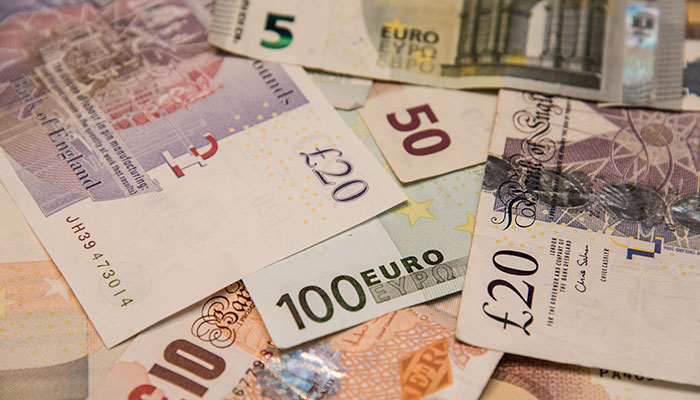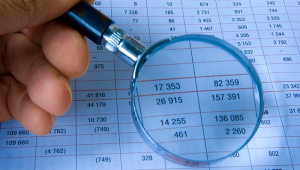With unprecedented peacetime spending undertaken to fight the health and economic crises caused by the virus, alongside favourable borrowing conditions that could keep servicing costs low in the coming years, debt has grown from 86% of GDP in 2019 and is expected to reach around 102% of GDP by the end of this year.
Most of the measures taken in 2020 related to the emergency response to the pandemic, such as shoring up health services and ensuring workers and firms maintained some income during lockdowns.
Those measures, along with reduced revenues and economic recession, drove the general government deficit in the euro area to around 8.75% of GDP this year.
That is expected to shrink to around 6.5% in 2021, because many of the schemes have either ended or are set to do so soon, but the statement from the 19 ‘eurogroup’ ministers warned more action could be needed in the new year.
“In light of the second wave of the pandemic, it may be necessary to extend these measures and additional support could be needed,” the ministers said.
“Member states should continue to provide timely, well-targeted and temporary fiscal support, while safeguarding fiscal sustainability in the medium term.”
High spending has been made possible by the European Union activating an escape clause in its Stability and Growth Pact – a set of rules followed by all EU countries and aimed at reducing excessive deficits.
The European Commission has said it will revisit this decision in spring 2021.














